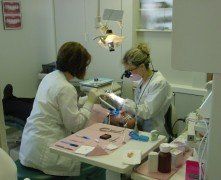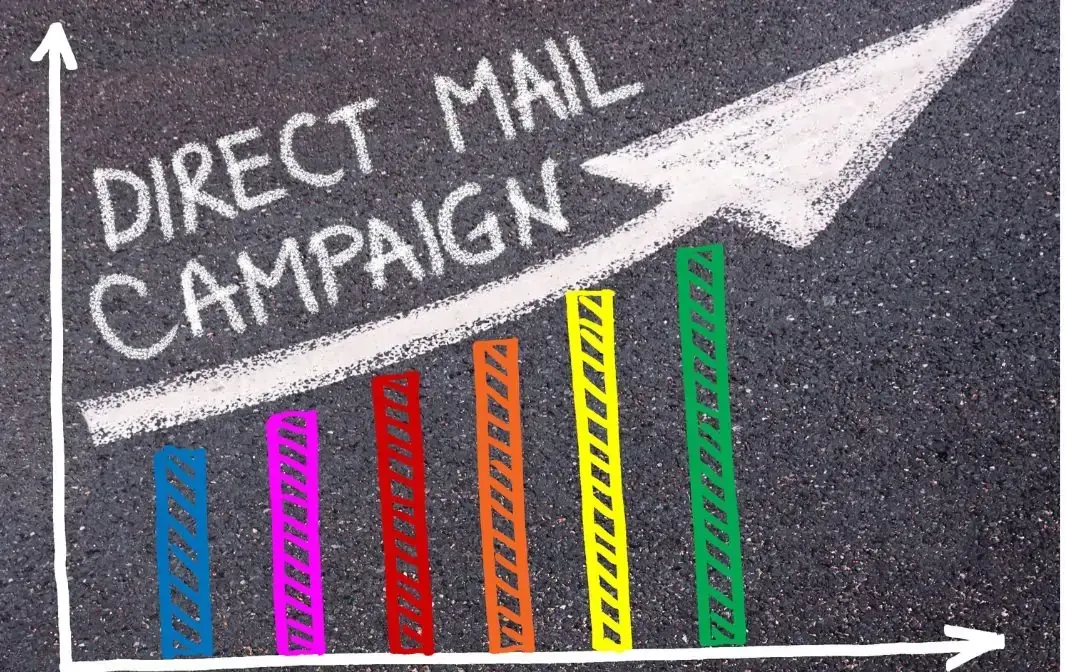
USING QUESTIONS TO INCREASE DENTAL CASE ACCEPTANCE RATE
Using Questions to Sell Big Dental Cases
The key to being a Master of Big Case Acceptance is to use questions to affectively get the patient to tell you why they want to accept your treatment plan, rather than telling the patient why they should get the treatment done.
I would like to point out that God gave us two ears, and one mouth for a reason. While learning, and practicing the art of case acceptance, I can’t stress enough how important it is to use your ears, and listening at least twice as much as you use your mouth for talking.
While you may have been taught to chat about the patient’s life to build rapport, conversations that are merely “small talk” not only do not lead to building trust in the patient’s mind, they also do not result in better case acceptance. I’m not saying that you don’t converse with your patients about the details of their life. However, when it comes to questions designed to move the patient closer to a YES, “small talk” will not benefit you, or the patient.
There is a great sequence of how to ask questions to guide your patients to “close themselves” on getting the treatment done now.
Situation Questions
Those questions that uncover the facts of what the prospective patient feels the dental situation is. They also uncover the facts about the prospective patient’s current physical and dental health.
Problem Questions
Questions that are asked based on data and facts discovered from situation questions. These uncover problems that the patient thinks they are having, or they are questions that can be asked to uncover potential problems that the patient may not be aware exist.
Effect Questions
Asked based on information that is uncovered from the problem questions. Effect questions asked correctly will make obvious the negative effects of the problems in the eyes of the patient.
Fear of Future Questions
Those questions that are asked of the patient based on the negative effects of the problems the patient has stated they are concerned about. These questions direct the patient’s attention to the future of what their life would be like if the negative effects of these problems are not handled.
Solution Questions
Get the patient to start looking at what their life would be like with a solution to the problems, and all the negative effects that have been discussed.
When To Ask The Questions
The situation and some of the problem questions can be asked before the patient shows for their appointment. Further situation questions and fact-finding will be done when the patient arrives, as well as delving into problem questions more deeply. These questions are asked while the patient is in the chair, ideally by the doctor. If any of this information is gathered by the assistant or hygienist to expedite the process, it can just be turned over to the doctor when they come into the room.
The Purpose of Asking The Questions
The purpose of asking the questions in this sequence is to ramp-up emotion in the prospective patient, and to build points of agreement at each step of the process. Ultimately you must get agreement that they want a solution to the problems, and the negative effects that have been discussed. This process, when done correctly, will have the patient highly anticipating a dental treatment presentation.
Learning to use these questions adroitly is the same as learning to dribble the ball in soccer, or basic skating and stick handling in hockey. If you are missing the fundamentals, you will struggle from that point forward. Similarly, if you do not have the fundamentals of asking questions to build up the emotional connection to the problem, then you will struggle to win in the game of big case acceptance.
To read more tips like this, click here. If you have any questions, contact XPress Promotion here.

XPRESS INC is a direct mail and marketing company focusing on small to medium business marketing strategies with a niche in dentists and dental specialists.
All Rights Reserved | Xpress Inc






















